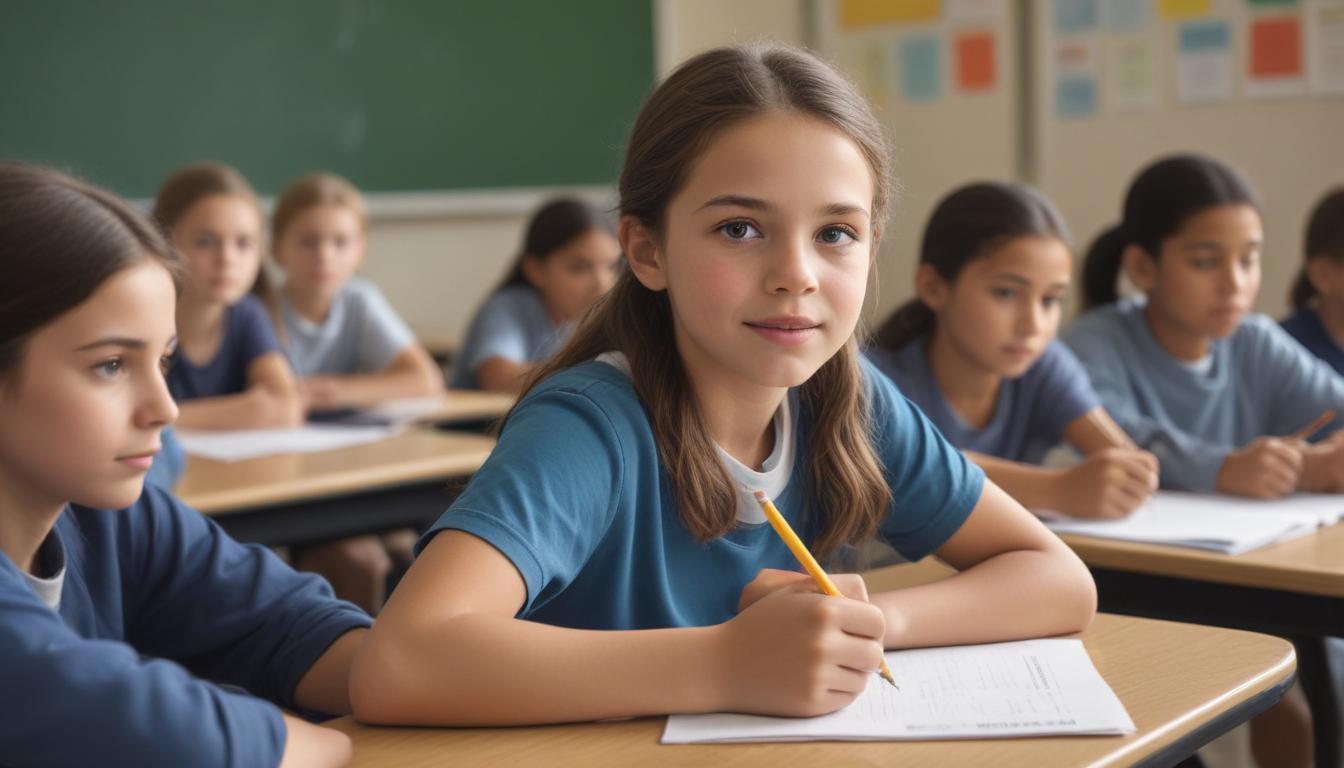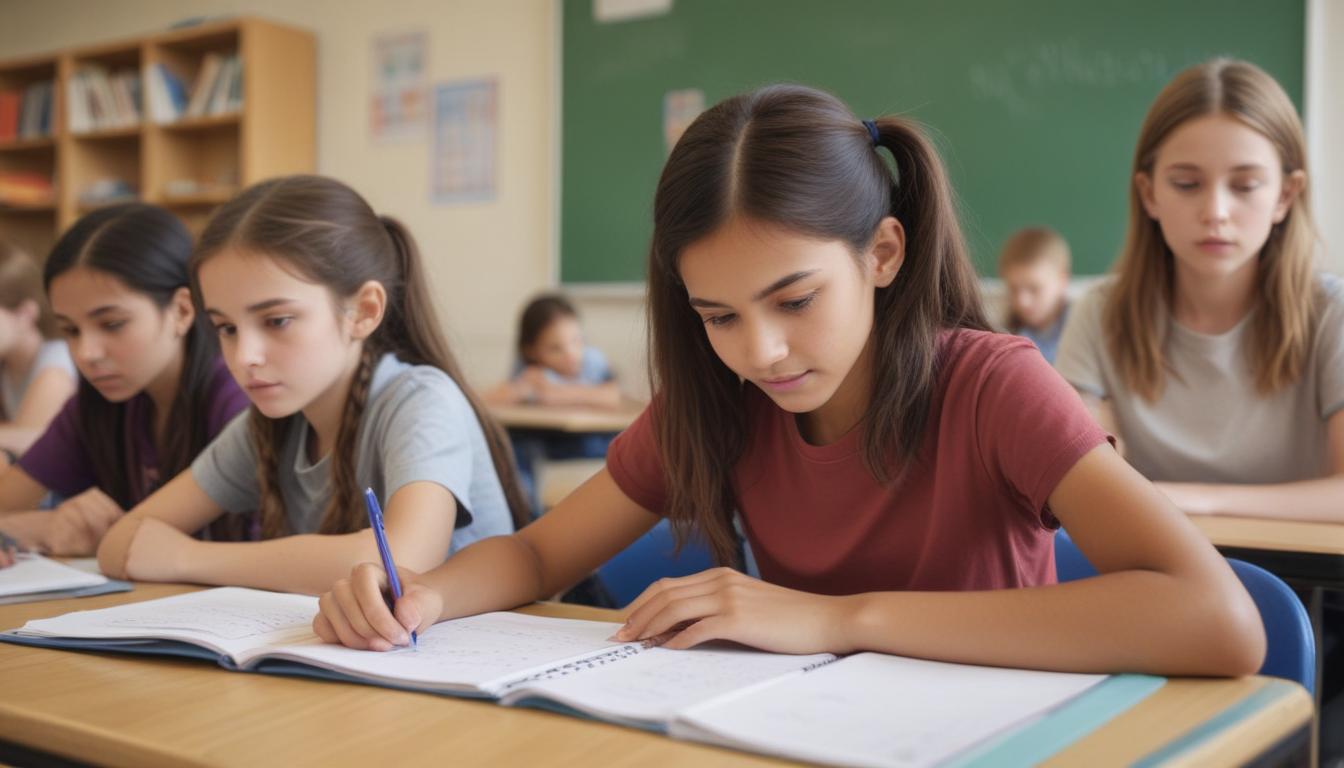Now Reading: Active Schools Create Successful Students
- 01
Active Schools Create Successful Students
Active Schools Create Successful Students

Boost Grades and Well-Being The Surprising Benefits of Physical Activity in Schools
Is your child struggling to sit still in class, having trouble focusing on homework, or feeling more anxious than usual? In our increasingly digital world, it’s a common concern for parents and educators alike. We often look for solutions in tutoring, new study habits, or stricter screen time rules. But what if one of the most powerful tools for boosting a child’s success and happiness is already built into their DNA and just needs to be unlocked during the school day?
The answer isn’t necessarily more time spent at a desk, but more time in motion. Integrating consistent physical activity into the school routine is a transformative strategy that pays huge dividends in the classroom, on the playground, and in a child’s overall mental health. It’s about more than just burning off energy; it’s about fueling the brain for learning, building emotional resilience, and fostering essential life skills. Let’s explore how movement is the key to unlocking a student’s full potential.
Beyond the Playground How Movement Sharpens the Mind
Many people view physical education and recess as a “break” from learning. The reality is that they are a critical part of the learning process itself. When children engage in physical activity, their heart rate increases, pumping more oxygen-rich blood to the brain. This surge in oxygen and blood flow has been directly linked to improved cognitive function, enhanced memory, and better concentration. A student who has just come in from a brisk walk or an active game is better prepared to absorb a complex math lesson or focus on a reading assignment.
This connection between body and mind is not just a short-term boost. Regular physical activity helps stimulate the growth of new neural pathways and strengthens existing ones, essentially building a bigger, more efficient brain. Schools that prioritize movement often find that students are less fidgety, more engaged in lessons, and demonstrate better problem-solving skills. Even short, five-minute brain breaks involving stretching or jogging in place can hit the reset button on a child’s focus, making the following period of instruction far more effective.

Building Resilience and Reducing Stress
The pressures on students today are immense, from academic expectations to social navigation. Physical activity provides a powerful and healthy outlet for the stress and anxiety that can build up during the school day. When a child runs, jumps, or plays, their body releases endorphins, which are natural mood-lifters and pain relievers. This chemical reaction helps combat feelings of stress and promotes a sense of well-being and calmness, making it easier for students to handle challenges in the classroom.
Furthermore, participating in physical challenges helps build emotional resilience. Learning to push through the discomfort of a long run, mastering a new skill in P.E., or getting back up after falling in a game teaches children perseverance and grit. These experiences provide a safe environment to learn how to manage frustration and celebrate personal progress. This sense of accomplishment builds self-esteem and confidence that extends far beyond the gym or sports field, equipping students with the mental fortitude to tackle academic and social hurdles.
More Than a Game Cultivating Social Skills
The playground and the P.E. class are among the first and most important laboratories for social development. It is here that children learn the complex art of cooperation, negotiation, and conflict resolution in a low-stakes environment. Whether they are deciding on the rules for a game of tag, sharing equipment, or working together as a team to score a goal, students are constantly practicing vital communication and teamwork skills that are essential for success in all areas of life.
This active, social environment also teaches crucial lessons in sportsmanship and empathy. Children learn how to win with grace and lose with dignity. They learn to encourage a teammate who is struggling and to celebrate the success of others. These interactions build a strong sense of community and belonging among students, reducing instances of bullying and fostering a more inclusive and supportive school culture. The friendships and social bonds forged during active play are often some of the most meaningful and enduring of a child’s school experience.



































